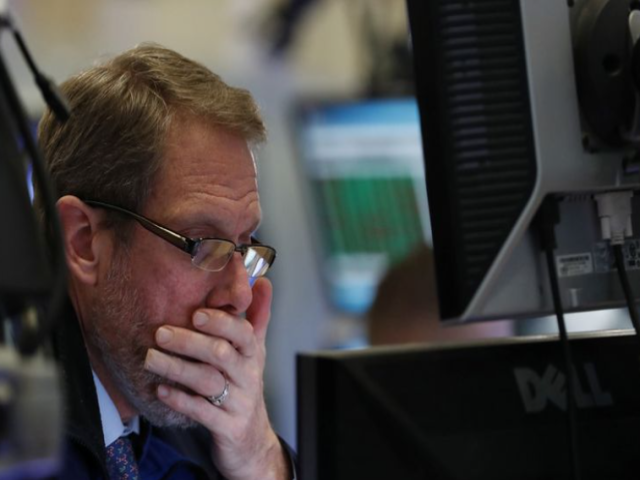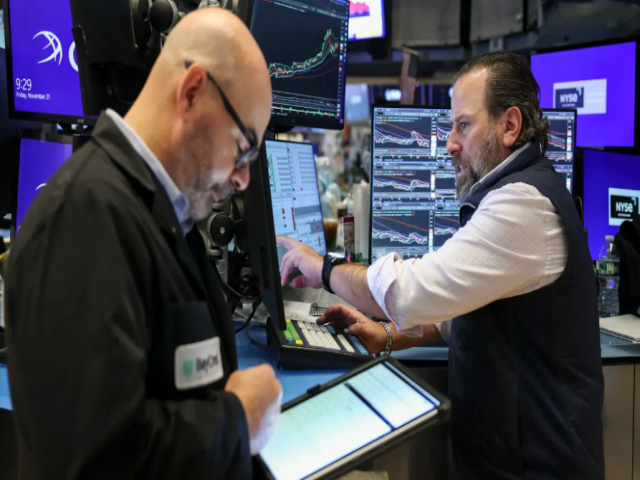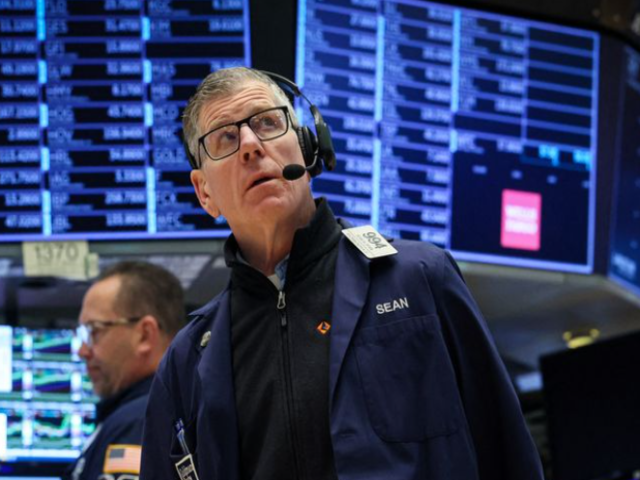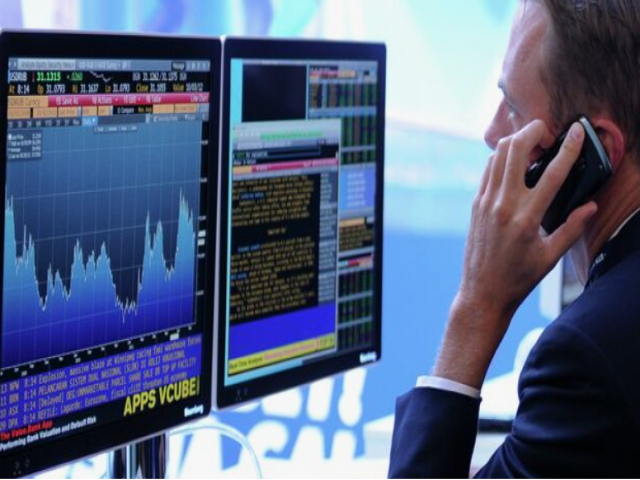15 May 2025
Asian markets set for mixed performance despite China trade truce
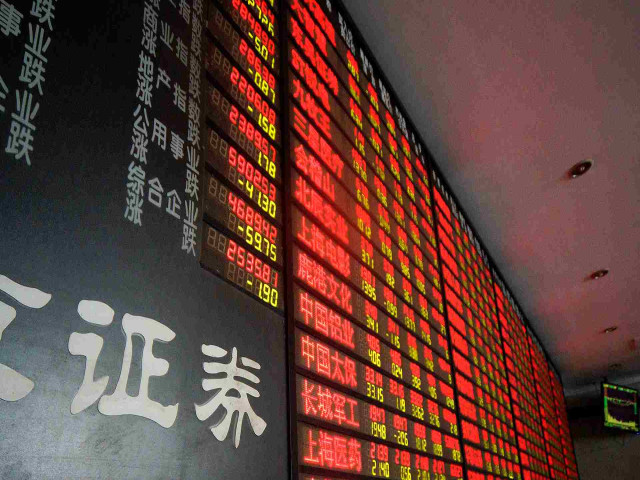
Budrigantrade.com - Asian markets displayed a mixed performance on Friday, characterized by a predominantly flat-to-negative trend. This muted activity followed a lackluster close on Wall Street, where the momentum from recent gains fueled by the US-China trade truce seemed to wane.
Tech stocks, which had been significant drivers of the recent rally, showed signs of fatigue, while other sectors received minimal support from weaker-than-anticipated economic indicators released earlier in the week. This overall cautious sentiment was further reflected in slightly negative US stock index futures during Asian trading hours, with the S&P 500 futures dipping 0.1%.
Despite the Friday downturn, most Asian indices and Wall Street still registered weekly gains, largely attributed to the positive market reaction to the de-escalation of trade tensions between the US and China. This relief rally had temporarily overshadowed underlying economic concerns.
The Japanese market bore the brunt of negative news, with the Nikkei 225 shedding 0.5% and the TOPIX index losing 0.3%. This decline was directly linked to the release of significantly weaker-than-expected Q1 GDP data. Japan's economy contracted by 0.7% year-on-year, a considerably sharper decline than the anticipated 0.2% drop.
This disappointing performance stemmed from a confluence of factors. A significant contributor was the weakening of exports, partly attributable to ongoing disruptions caused by escalating US trade tariffs. Furthermore, sluggish domestic private consumption added to the overall economic malaise. The unexpectedly poor GDP figures fueled speculation that the Bank of Japan (BOJ) will have less leeway to raise interest rates in the near future, potentially leading to a more accommodative monetary policy stance to stimulate economic growth.
This expectation of continued low interest rates is a double-edged sword; while boosting lending and investment, it may also indicate underlying economic fragility and a lack of confidence in the recovery's strength. The BOJ's next policy meeting will be keenly watched for clues on its future course of action.
Hong Kong’s Hang Seng index suffered the most significant decline among Asian markets, falling over 1%. This downturn was primarily driven by a substantial 5%+ drop in Alibaba Group's share price. Alibaba's disappointing Q4 revenue, falling short of analyst expectations, significantly impacted investor sentiment.
The underperformance wasn't limited to revenue; Alibaba's cloud computing earnings – a key component of its AI-driven growth strategy – also missed forecasts. This underperformance raised concerns about the overall health of the Chinese consumer market and the broader e-commerce sector.
The disappointing results from Alibaba had a ripple effect, pulling down other tech giants. Alibaba's competitor, JD.com, experienced a 2% decline, further exacerbating concerns about weakening Chinese consumer spending. The slowdown in consumer spending is a complex issue, influenced by factors ranging from lingering effects of the pandemic and strict COVID-19 regulations to anxieties over future economic prospects.
Analysts are closely monitoring these trends to gauge the impact on future earnings reports and overall economic stability in China. Meanwhile, Australia's market bucked the regional trend, outperforming its Asian counterparts.
This positive performance was primarily fueled by growing expectations that the Reserve Bank of Australia (RBA) will implement an interest rate cut next week, a move aimed at stimulating economic activity. This divergence highlights the varying economic conditions and policy responses across the Asia-Pacific region.



